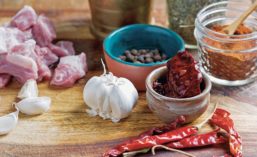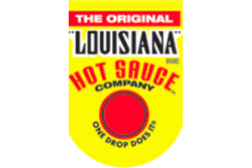‘Latin cuisine’ Carves a Wide Path Through Several Continents and Dozens of Cultures
Creative chefs are probing into the interior flavors of indigenous cultures within the countries of the southern part of the Western Hemisphere as well as moving beyond Hispanic flavors to delve into the non-Hispanic culinary traditions of countries such as Brazil, Guyana, and Suriname
Read More





